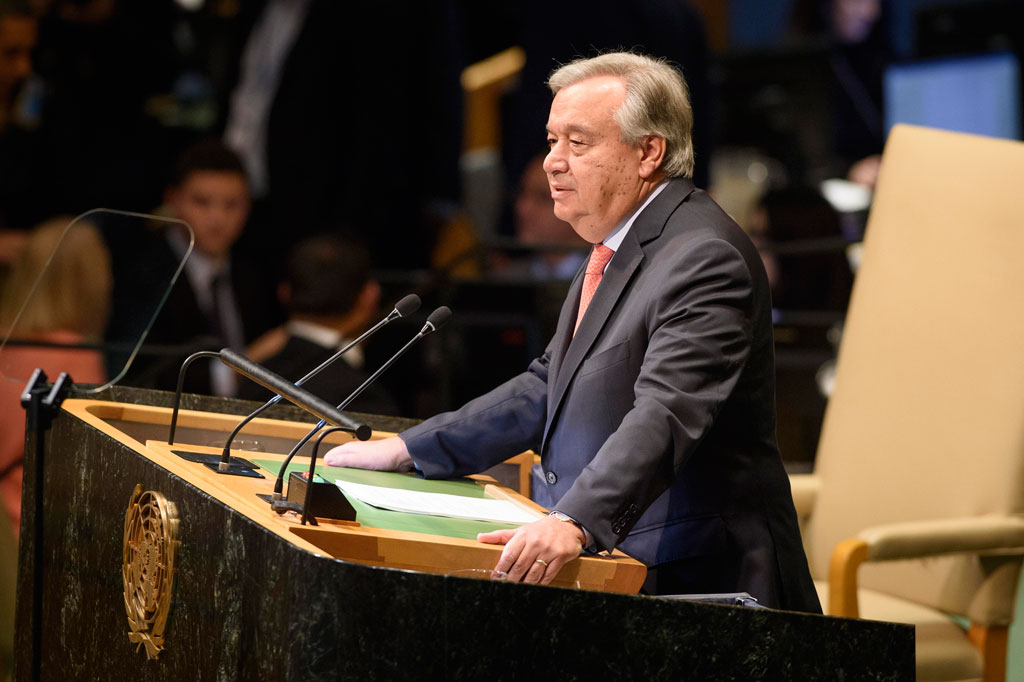A significant step forward for climate justice is the agreement on compensation for climate impacts.
The 27th UN Climate Change Conference (COP27) came to a close with a historic agreement to establish a new fund in which high carbon emitting nations will make payments to less-vulnerable nations experiencing the effects of climate change.
“The establishment of the loss and damage fund is a crucial first step. Dr. Siobhan McDonnell, a COP27 negotiator on loss and damage for the island state of Palau, called it a pivotal moment in the global struggle for climate justice.
In a year marked by constant climatic extremes, from flooding in Pakistan to drought in the Horn of Africa, this important development has been reached.
Jagan Chapagain, Secretary General of the International Federation of Red Cross and Red Crescent Societies, stated that “[F]amilies are dealing with the very real repercussions of catastrophic weather and are unable to wait for promises” (IFRC).
According to Chapagain, the IFRC had to respond to 74 floods worldwide, four named tropical storms, wildfires in 10 countries, the eviction of 185,000 people from Ethiopia, and ongoing food shortages in Afghanistan and other parts of Africa during the time that COP27 was taking place.
A group of 134 developing nations, collectively known as the G77 and China, made two demands regarding loss and damage at COP25 in Madrid in 2019: (1) the establishment of a technical body for conducting research and offering technical support on loss and damage; and (2) the establishment of a fund through which wealthy polluting countries will compensate poorer developing nations suffering from the effects of climate change.
The Santiago Network for Loss and Damage was eventually established after the initial plan was approved. High-income parties, like the EU and the USA, rejected the fund proposal. At COP26 in 2021, when the G77 group requested the creation of a finance facility, it was once more rejected.
The G77 group of developing nations persisted in advocating throughout 2022, and Pakistan provided strong leadership in galvanising the group, which ultimately resulted in the inclusion of finance for loss and damage on the COP27 agenda and the approval of a loss and damage fund.
Transitional Committee, tasked with coming up with a proposal by COP28 in December, 2023, was given the task of doing so. “This unity of the G77 at COP27 was an important factor in persuading the developed countries,” said Dr. Saleemul Huq, Director of the International Centre for Climate Change and Development.
The fund is also anticipated to start operating at COP28. The creation of a fund, however, does not always result in climate finance commitments due to the slow delivery of the promised US$100 billion in yearly
According to Mrinalini Shinde, lecturer of international environmental law at the University of Cologne in Germany and a former legal adviser to the UNFCCC, the proposed fund should identify and focus on vulnerable communities.
The fund must be motivated by the desire to correct historical wrongs in order to be really transformative, according to Shinde.
The amount of funding required and the pace at which it can be provided will also be crucial factors to take into account, according to Raman.
More than $30 billion in losses are thought to have been caused by the Pakistan floods alone, and the government has requested USD $16 billion from the international community for restoration and rehabilitation.
The repercussions of climate change were discussed during COP27. Sadly, it had less success tackling the root causes—the combustion of fossil fuels and the devastation of the environment.
The COP26 Glasgow Climate Pact, which for the first time included a commitment to “phase down unabated coal,” was not strengthened by the summit’s outcome statement, which instead decided to phasedown all fossil fuels. Additionally, a more extensive mitigation work programme was not delivered.
















